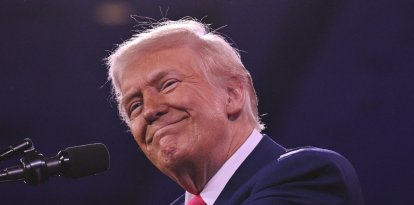Foreign capital flight in China: Investors withdrew $15 billion in two months
This is the second time since 1998 that less money has been received than invested abroad by the country. A number of recessionary factors in the Chinese economy are also causing domestic investment to decline.

Streets of a Chinese city.
Foreign investment in China has fallen by more than $14.8 billion, according to the latest data. This drop occurred between April and June of this year, despite attempts by Xi Jinping's government to maintain foreign investment in China.
According to The Telegraph, it is the second time more foreign money has been withdrawn from China than invested since data began being tracked in 1998, and is a huge difference from the net-$10 billion injected into the country during the first three months of the year.
Overall, China suffered a record net outflow of $86 billion in direct investment. The last time foreign direct investment in China was negative was in the fall of 2023, when investors withdrew $12 billion. Chinese companies also invested a record $71 billion overseas between April and June, a year-over-year increase of 80%.
This reduction in foreign direct investment is one of the symptoms of the slowing Chinese economy, which has been in a stagnant phase after years of development and growth at a breakneck pace. It is also a result of geopolitical tensions, a domestic economy in crisis, the plummeting value of the Chinese yuan and low interest rates. These factors have become reasons for foreign entities not making direct investments in China.
In addition to the problems of foreign investment, there is a tendency for the local Chinese population to save. Domestic consumption has also declined considerably in recent months. Behind this is the Chinese real estate crisis, which has severely affected the housing market. At the center of this situation is the company Evergrande, China's largest real estate developer, which went bankrupt, leading the state to intervene.
China's investment outside its borders is growing
According to Firstpost, the increase is largely directed at projects such as electric vehicles and battery factories. Large Chinese companies are investing in offshoring some of their production processes, as in the case with many new factories opening in Latin America.
Data released by China's State Administration of Foreign Exchange also revealed a growing discrepancy in the measurement of China's trade surplus, which reached a record $87 billion in the second quarter and nearly $150 billion in the first half of the year. This disparity was highlighted by the U.S. Treasury earlier this year, which urged China to explain the significant differences in the trade figures.
RECOMMENDATION






















